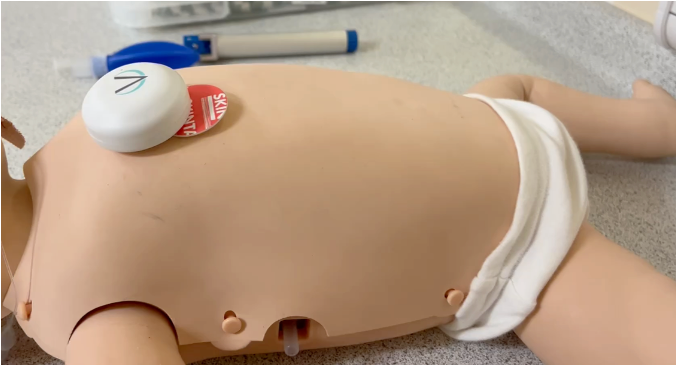Digital roadmap focus: Shropshire, Telford and Wrekin
- 21 November 2016

A nationally funded shared care record is essential for Shropshire, Telford and Wrekin to deliver its local digital roadmap’s paperless goals.
The draft LDR wants an integrated care record across the footprint by 2020, alongside patients being co-authors of their records.
The first step in this direction is the adoption of an electronic palliative care communication system across the LDR footprint by March 2018.
While a bid for this shared care record was put to the “Technology Fund 2” (the integrated digital care: technology fund) two years ago, it was not supported nationally.
“The requirement still remains and we are confident that this project will attract the necessary investment to bring about this important capability”, said the LDR.
Which health organisations are in the footprint?
There are two clinical commissioning groups, four trusts and two local authorities, with responsibility for 557,382 people across the county.
What are the footprint’s biggest challenges?
There are both financial and technical challenges facing the Midlands’ LDR. With no action there is a potential deficit of £120 million by 2020/21.
Other hurdles for the roadmap to clear are patients having little or no access to their electronic record, interoperability between electronic patient records and improving infrastructure in the area.
How much money is being spent on IT?
The roadmap says out of the £1 billion spent annually by Shropshire, Telford and Wrekin health and social care to provide services, actual expenditure on IT across all organisations is less than 2%.
Where will the money come from?
The LDR has targeted both national and local funding for this roadmap. These include the sustainability and transformation programme funds, tapping into the £1.8 billion national pot and also the organisations’ current IT spend.
What is on the footprint’s wishlist?
To implement the integrated care record, the LDR says it will “require co-ordinated effort to bring together local EPR developments”. Shrewsbury and Telford Hospital NHS Trust will need to make a number of tactical extensions to systems contracts, and Robert Jones and Agnes Hunt Orthopaedic Hospital NHS Foundation Trust need an integrated EPR and to replace its older legacy systems.
What is the current digital maturity?
The Digital Health Intelligence Index ranked South Stafford and Shropshire Healthcare NHS Foundation Trust as joint first among mental health trusts in its ratings with a score of 97.
However, the most recent Care Quality Commission report in July found some issues with RiO, the electronic clinical record system there. Whilst the system was “ongoing development”, some notes were not universally available, and staff complained of it being unreliable and crashing.
What systems are used in the footprint?
All Shropshire GP practices use EMIS, apart from one which uses INPS Vision. Shrewsbury uses Atos’ Sema-Helix for its patient administration system, and Robert Jones has Graphnet Health’s Gateway for its EPR and CSC’s i.PM for its PAS.
What happens if no central funding is made available?
Given that after a failed bid two years ago the shared care record has been unable to happen, it would suggest that national money is critical. The roadmap itself states the “LDR cannot be achieved without a significant investment in IT”.
The main organisations in the footprint include:
*CCGs: Shropshire CCG, Telford and Wrekin CCG
*Trusts: Shrewsbury and Telford Hospital NHS Trust (Acute), Shropshire Community Health NHS Trust, South Staffordshire and Shropshire NHS Foundation Trust (Mental Health), The Robert Jones and Agnes Hunt Orthopaedic Hospital NHS Foundation Trust (Specialist)
*Local authorities: Shropshire Council and Telford and Wrekin Council




